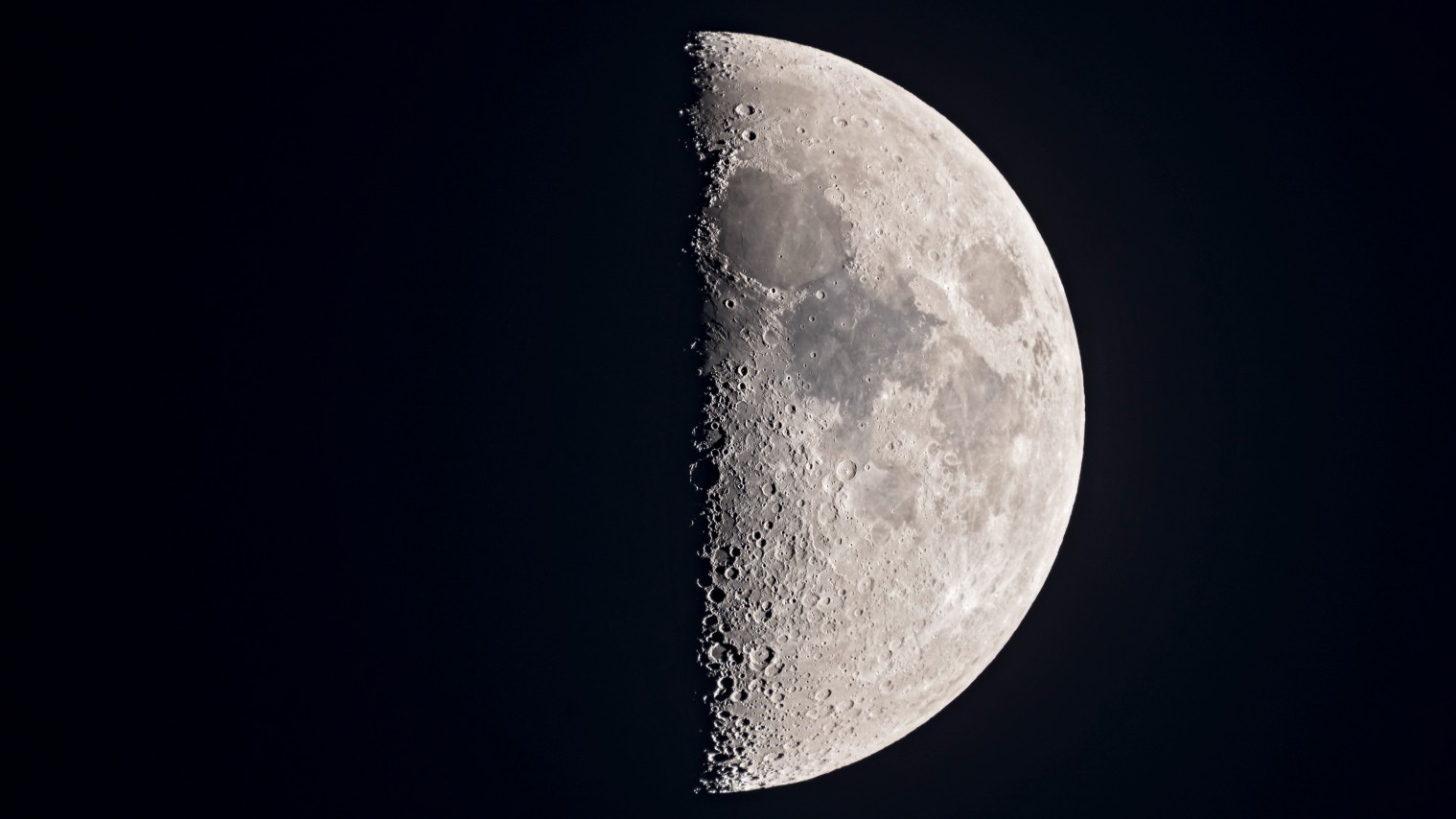New James Webb Space Telescope test image shows deepest yet field of sparkling galaxies

An engineering image acquired during testing of one of James Webb Space Telescope's instruments reveals hundreds of distant galaxies in the deepest ever glimpse into the infrared universe.
The image, released by NASA on Wednesday (July 6), was captured by the James Webb Space Telescope's Fine Guidance Sensor (FGS) over an eight-day period in May and encompasses 72 snapshots taken during 32 hours of exposure time. Notably, the FGS, which was built by the Canadian Space Agency, is not a science instrument and instead keeps the observatory pointing properly at its target.
Still, the stunning image provides a taste of what's to come when the most powerful and expensive space observatory ever built finally commences its ambitious science work in earnest. The telescope is wrapping up commissioning and the Webb team is set to reveal the first truly science-grade images on Tuesday (July 12) at 10:30 a.m. EDT (1530 GMT) during a broadcast you can watch live here at Space.com.
Live updates: NASA's James Webb Space Telescope mission
Related: How the James Webb Space Telescope works in pictures
FGS took the false-color image during a "roll" test, according to a NASA statement about the image. While Webb's near-infrared camera focused on a star dubbed HD147980, the telescope rolled from side to side like an aircraft. During the test, the FGS kept the telescope pointed at its target. The resulting image, a byproduct of this support work, reveals the cosmos in a color scale from white to red, with whiter shades representing objects emitting the brightest infrared light and redder hues revealing dimmer objects.
A handful of stars appear in the image, marked by the diffraction spikes that make them appear like a plus sign. The rest are galaxies.
"The faintest blobs in this image are exactly the types of faint galaxies that Webb will study in its first year of science operations," Jane Rigby, Webb's operations scientist at NASA's Goddard Space Flight Center in Greenbelt, Maryland, said in the statement.
Get the Space.com Newsletter
Breaking space news, the latest updates on rocket launches, skywatching events and more!
The image is not perfect, as it shows signs of the so-called dithering effect, which leaves black dots at the centers of the imaged stars. Dithering happens when the telescope slightly adjusts its position between exposures, which results in saturation of its detectors.
FGS's primary purpose is not to take scientific images, NASA said in the statement, and most of its photos will be discarded shortly after acquisition. The instrument's task is to enable accurate measurements by other instruments by helping the telescope to precisely point at the stars and galaxies the scientists are interested in. Still, the images hint at the ground-breaking discoveries that are to come from the observatory.
"When this image was taken, I was thrilled to clearly see all the detailed structure in these faint galaxies," Neil Rowlands, an FGS program scientist at Honeywell Aerospace, which built the instrument, said in the statement.
Since FGS was not designed primarily to do science, it doesn't use color filters like the other science instruments, which means scientists can't accurately determine the age of the galaxies in this image, the statement said.
Although the image may be the deepest of the infrared universe ever seen by the public, its glory won't last long as, according to NASA Administrator Bill Nelson, the July 12 release is set to contain the deepest image of the universe ever captured.
The James Webb Space Telescope carries two cameras and two spectrometers, which capture the light spectra of the imaged objects, revealing their chemical compositions. The telescope was specifically designed to see infrared light to detect some of the most distant (and oldest) galaxies in the universe. Although these galaxies emit visible light, due to the redshift effect caused by the expansion of the universe, this visible light shifts into the longer infrared wavelengths, which require an ultracold telescope like Webb.
Editor's note: This story has been updated to correct a referenced weekday. Follow Tereza Pultarova on Twitter @TerezaPultarova. Follow us on Twitter @Spacedotcom and on Facebook.
Join our Space Forums to keep talking space on the latest missions, night sky and more! And if you have a news tip, correction or comment, let us know at: community@space.com.

Tereza is a London-based science and technology journalist, aspiring fiction writer and amateur gymnast. Originally from Prague, the Czech Republic, she spent the first seven years of her career working as a reporter, script-writer and presenter for various TV programmes of the Czech Public Service Television. She later took a career break to pursue further education and added a Master's in Science from the International Space University, France, to her Bachelor's in Journalism and Master's in Cultural Anthropology from Prague's Charles University. She worked as a reporter at the Engineering and Technology magazine, freelanced for a range of publications including Live Science, Space.com, Professional Engineering, Via Satellite and Space News and served as a maternity cover science editor at the European Space Agency.
